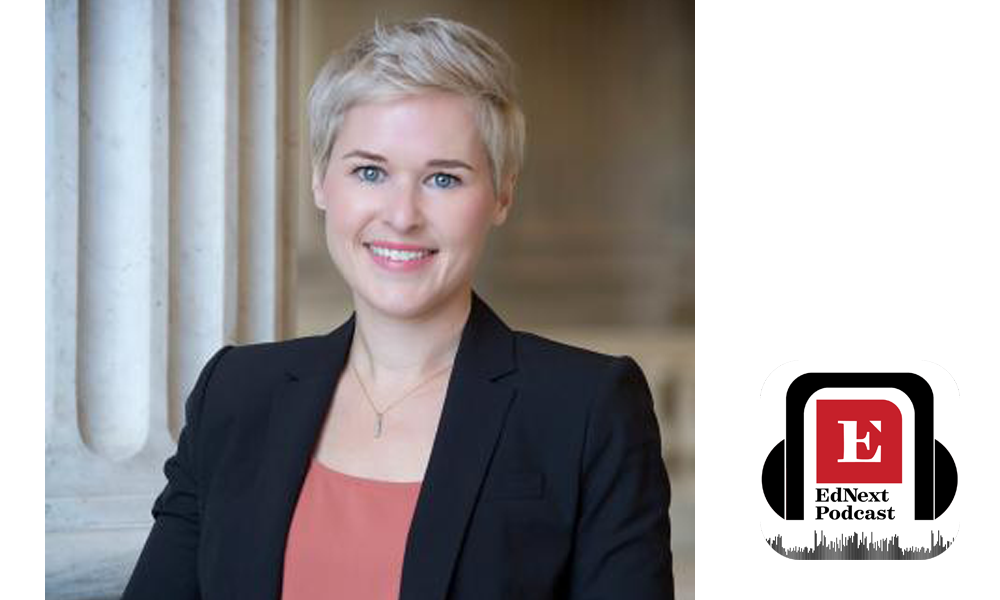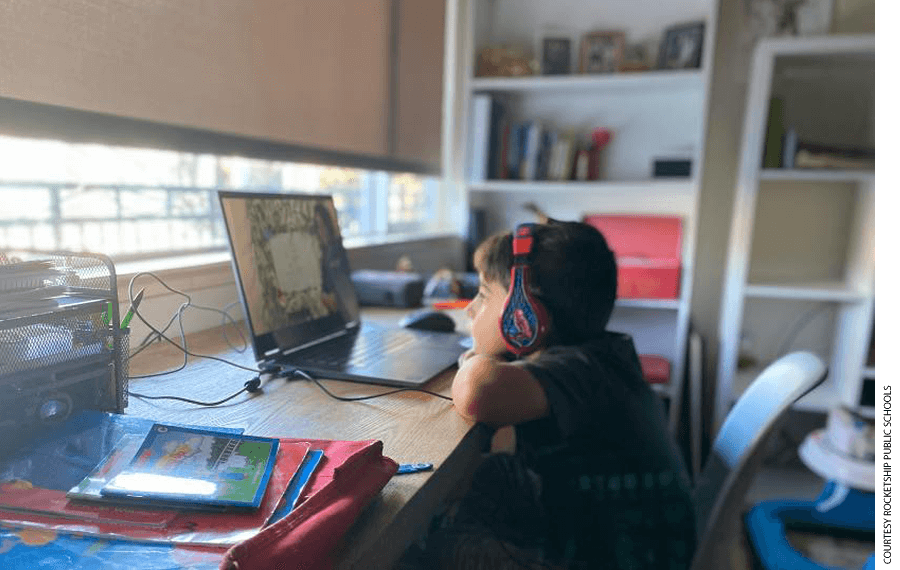
To his credit, President Joe Biden has made reopening schools for in-person instruction a visible priority for his new administration. On his first full day in office, Biden issued an executive order directing the U.S. Department of Education to establish national reopening guidelines, support contact tracing in schools, and gather data on the pandemic’s impact on students. The stimulus package he’s proposed to Congress includes $130 billion that schools could use to upgrade ventilation systems, ramp up testing, or hire additional staff. The goal, the administration’s plan says, is to “safely reopen a majority of K–8 schools in his administration’s first 100 days.”
That goal may be less ambitious than it sounds. Most obviously, it leaves out high schools. It also does not define what “reopen” means. Does it mean that some students—perhaps only very young students and those with disabilities—are able to attend in person? Does using a hybrid model count? Or does it mean that all students must have the option of attending school in person full time? Organizations such as Burbio that are tracking school schedules report that most public schools nationwide were offering at least some in-person instruction even prior to the November election, suggesting that Biden’s team will have no trouble arguing that they have met their stated goal.
Biden is hardly the first new president to set policy targets that defy falsification. And one could easily sympathize with a desire for vagueness in defining this goal, given the current challenges to getting more students inside of schools. Covid-19 case counts remain near all-time highs through much of the nation. New, more-contagious variants of the virus threaten to hasten its spread. Vaccine distribution is running behind schedule. It is understandable, if also tragic, that conversation in some quarters has turned to mitigation measures that may need to be in place in the 2021–22 school year.
And then there’s the politics. The teachers unions resisting reopening are key members of Biden’s electoral coalition. The same day the president issued his executive order, Dr. Jill Biden, herself a member of the National Education Association, hosted the organization’s president, Becky Pringle, and Randi Weingarten of the American Federation of Teachers at the White House. In a statement, Pringle praised the president’s reopening plan but cautioned that “right now, the reality in far too many schools and institutions of higher education is that effective distancing, mask-wearing, ventilation, COVID-19 testing, contact tracing, and other crucial mitigation strategies are not in place.” Days later, in the nation’s third-largest school district, 71 percent of voting members of the Chicago Teachers Union rejected the district’s plan to return to in-person instruction on February 1. It isn’t only teachers who are opposing a return to school; some parents, too, are reluctant to send their children back, given that no vaccine has yet been authorized for use on U.S. children 15 or younger.
Viewed in context, then, the fact that the president has chosen to prioritize school reopening at all is remarkable—and praiseworthy. The latest survey data gathered by Education Next, reported in this issue (see “Pandemic Parent Poll Finds Perverse Pattern”), provide a baseline for assessing the administration’s progress. They also reveal just how badly progress is needed. As of late November, 53 percent of American students were receiving fully remote instruction; just 28 percent were in the classroom full time. Black and Hispanic children were even less likely to be learning in person full time, at 18 percent and 22 percent, respectively. The parents of 60 percent of all students report that their son or daughter is learning less than the child would have if the pandemic had not occurred, and parents express even greater concern about how Covid mitigation measures have affected their children’s social relationships and physical fitness. Yet reports of learning loss and other adverse effects are far less frequent for students attending school in person.
What actions can the new administration take to change this picture? Clear federal guidelines on reopening would be a welcome start but are unlikely on their own to be effective in overcoming union resistance. That need not be the only tool at the administration’s disposal, however. The $130 billion for schools in the president’s proposed stimulus package would amount to some $2,300 per student. With approval from Congress, the administration could require school districts in communities where safety conditions are met to provide all students the option to attend school in person in order to receive those funds. And what about students in districts that cannot safely reopen this school year—or refuse to do so? Parents could be given their share of the funds directly, to use as they choose to help their children catch up.
Martin West
This article appeared in the Spring 2021 issue of Education Next. Suggested citation format:
West, M.R. (2021). Condition Covid Aid on Opening Schools: Or else let funding flow directly to parents. Education Next, 21(2), 5.





